“Lewis and Clark left behind among many Indians a legacy of nonviolent contact. Those who came later enjoyed that legacy and too often betrayed it.”
Trail Diplomacy Pages
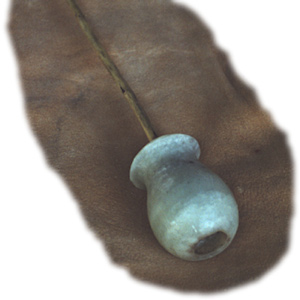

When Cameahwait took Lewis into the shelter of the only leather lodge his people had been able to save from the Hidatsas’ depredations of the previous spring, Lewis knew for sure he was among good friends.
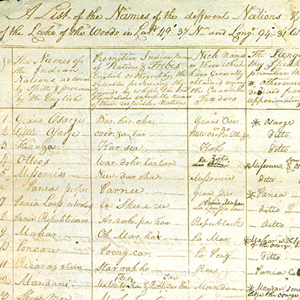

The expedition had one major outcome that was made available to the public well before the expedition was over, the “Estimate of the Eastern Indians,” which Lewis and Clark sent back on the barge in April 1805.
Indian Gifts
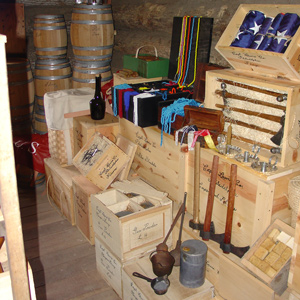

Almost one-third of the $2,160 Lewis spent on purchases by Israel Whelan went for Indian presents, not only to supply some of the Indians’ anticipated wants but also to showcase some of the more attractive goods they might learn to want.
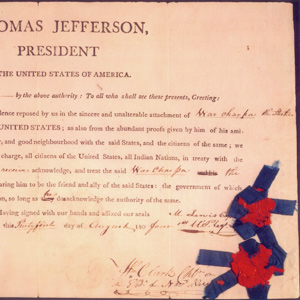

Each peace medal given out was usually accompanied by a commission, also called a parole, which is the French word for promise..
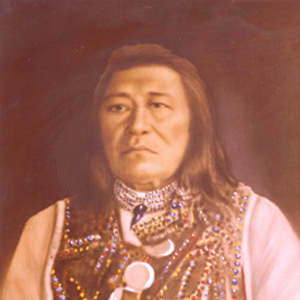

Pretending to have been insulted by their accusation, Lewis pompously declared that “if they continued to think thus meanly of us…they might rely on it that no whitmen would ever come to trade with them or bring them arms and amunition.”
Sheheke’s Delegation
by Joseph A. Mussulman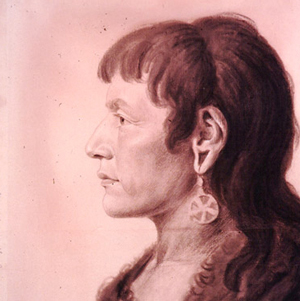

Sheheke’s diplomatic trip to Washington City and his difficult return home brought down the careers of at least two great leaders—himself, and Meriwether Lewis.
Too Né’s Delegation
by Joseph A. Mussulman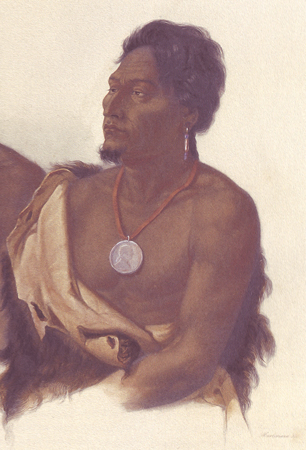

A delegation of chiefs from the Arikara, Ponca, Omaha, Otoe, Iowa, and Missouria nations sailed down the Missouri with Corporal Warfington on the expedition’s keelboat in the spring of 1805. Early in January, 1806, President Jefferson greeted them in Washington City with a formal speech.
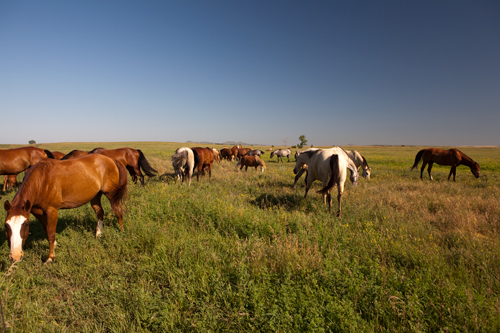

There was no Northwest Passage by water; and the portage they found took much longer than a day. The political repercussions from that alone could be immensely embarrassing to Jefferson. Something had to be done….
Flags
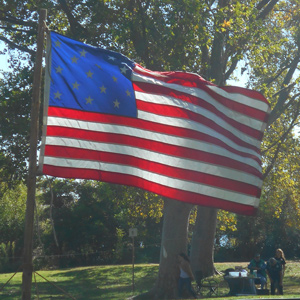

The Lewis and Clark Expedition carried several flags. Some represented the United States at that time, some were admiral flags for boats, and others were designed as gifts for Indians.
Diplomatic Encounters
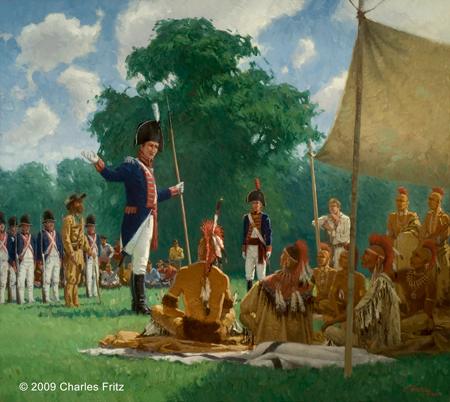

Councils, feasts, trades, dances, camp followers, stolen property,and sometimes disagreements are just some of the occasions—some successful, some not—requiring diplomatic skill. Presented here is a select sample of those encounters.
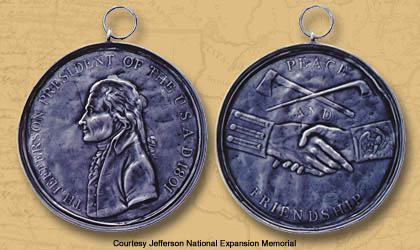

One of the tasks assigned to the expedition was to replace the French, Spanish, and English peace medals previously gifted to North American Indians with those from the United States. The gifts symbolized mutual loyalty in trade and, at least to the Indians, military protection.
The Osage Delegations
by Joseph A. Mussulman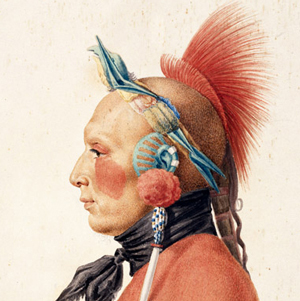

They were “certainly the most gigantic men we have ever seen,” Jefferson wrote on 12 July 1804. A dozen Osage men and two boys had arrived in Washington City the previous day, escorted by Pierre Chouteau.
Pryor’s Mission
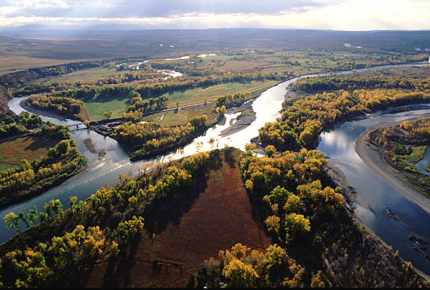

“You will take the horses which we have brought with us to the Mandans Village on the Missouri….you will hire a pilot to conduct you and proceed on to those establishments and deliver Mr. Heney the letter which is directed to him.”
Experience the Lewis and Clark Trail
The Lewis and Clark Trail Experience—our sister site at lewisandclark.travel—connects the world to people and places on the Lewis and Clark Trail.
Discover More
- The Lewis and Clark Expedition: Day by Day by Gary E. Moulton (University of Nebraska Press, 2018). The story in prose, 14 May 1804–23 September 1806.
- The Lewis and Clark Journals: An American Epic of Discovery (abridged) by Gary E. Moulton (University of Nebraska Press, 2003). Selected journal excerpts, 14 May 1804–23 September 1806.
- The Lewis and Clark Journals. by Gary E. Moulton (University of Nebraska Press, 1983–2001). The complete story in 13 volumes.

